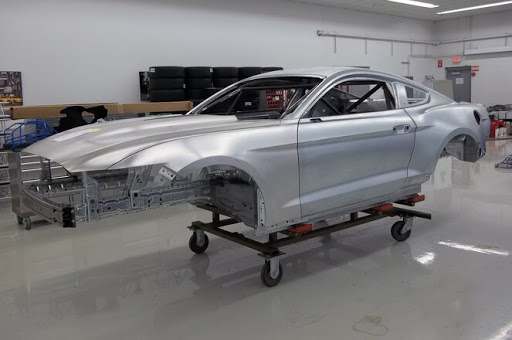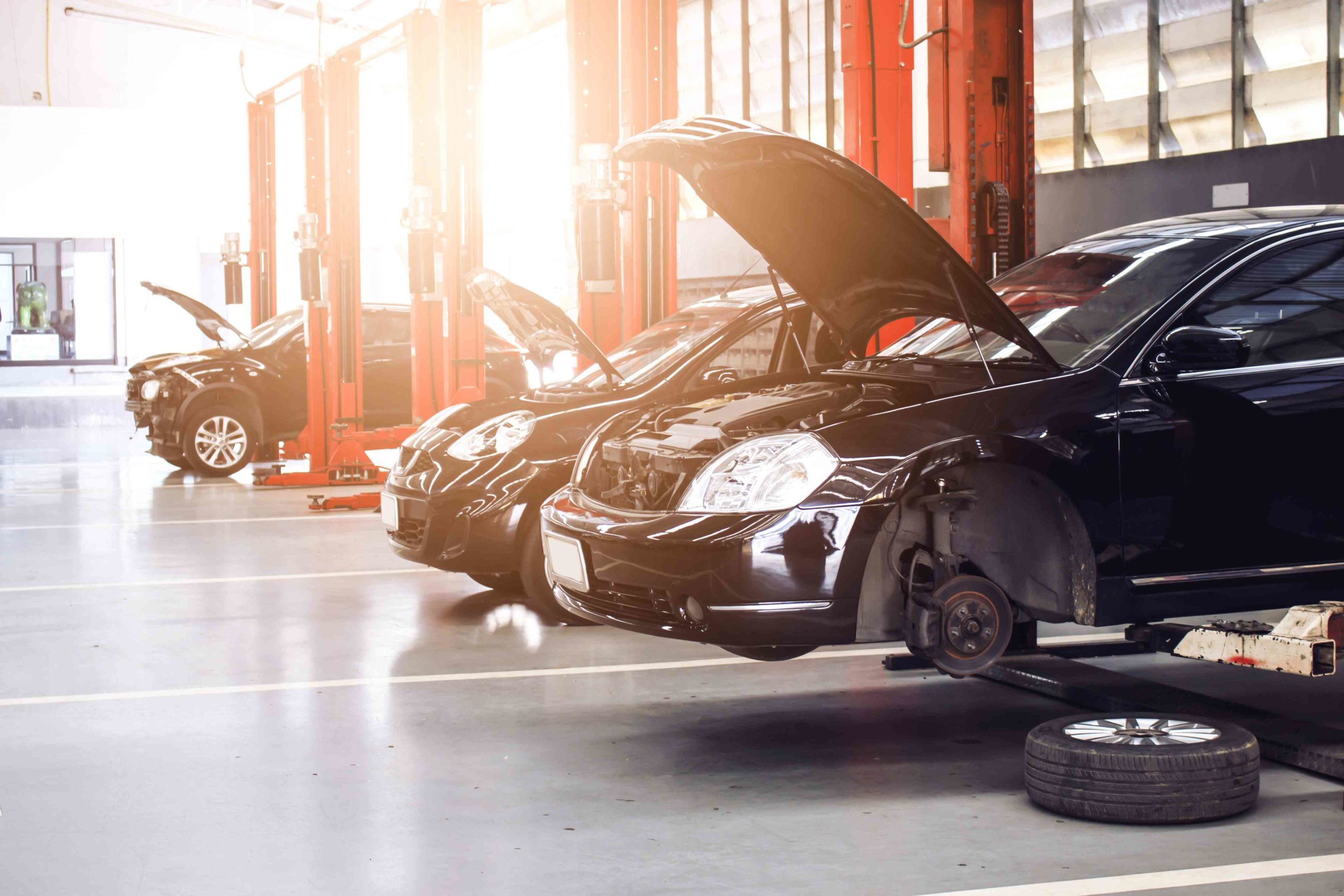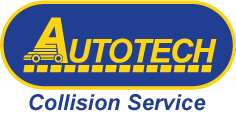Does it matter to you what tools your body shop uses to fix your Ford vehicle? If it’s an aluminum one (and most Fords now at least have some aluminum) Then Ford Says yes it matters. It can make a difference with your vehicle’s safety long term and the longevity of your repair in the short term.
This is why we are taking the time to bring it to your attention, here.
Steel used the be the only thing besides fiberglass that cars were made from. But our ability to form aluminum into strong car bodies has come a long way, and the fuel savings from switching from steel to aluminum are significant.
Why aluminum repairs are different than steel repairs
Aluminum is a bit more fickle to repair than steel. Aluminum can be welded, but heat makes it brittle, and so does hammering on it. It can crack and break if it’s repaired the wrong way.
So, in an auto body repair, many times, it has to be riveted.
During the manufacturing of your vehicle, Ford uses many ways to rivet materials together, and a common one is known as a blind or self-piercing rivet. Basically, it’s a rivet that creates its own hole as it is shot through the material, and then the rivet mushrooms out, creating the bond. Think of it much like two materials being held together like with a bolt or a screw.
There is also a tool that is an inexpensive way to join materials, called a flowdrill, it is fast and drills holes while melting the metal to form what looks like a rivet. Ford uses those methods as well to build the vehicle.
When repairing an aluminum vehicle, if you were trying to do it fast, and cut corners, you might be tempted just to send a new rivet where the old one was or rivet through a flow drill hole. None of this is an approved method.
Ford’s position statement on aluminum repairs
Ford released a position statement advising collision repairers to use ONLY OEM-authorized rivets, mandrels, and rivet guns when working on aluminum structural and cosmetic components. The document also prohibits reusing flow-drill screws.
“All Ford Motor Company vehicles that incorporate aluminum structural and cosmetic body components require the use of OEM Structural repair rivets and the use of approved installation tools when performing body repairs.”
“The use of aftermarket structural rivets, including Self-Piercing, Blind and Solid rivets, is not authorized by Ford.”
“Ford Motor Company considers the use of OEM structural rivets critical to the safety, reliability, and durability of the repaired vehicle.”
Basically, what Ford is saying is that you can only use a Ford approved rivet and riveting equipment in order to guarantee a Ford quality repair. Anything less and you run the risk of a faulty or unsafe repair.
“Flow Drill Screws (FDS) are used in several locations during the original manufacture of Ford vehicles,” Ford wrote. “Flow Drill Screws cannot be reused and must be replaced with the rivet that is called out in the Ford repair procedures.”
Ford also is particular about attaching the right mandrel to the right rivet for the right part of the repair.
The SPR installation mandrel determines the proper depth and spread of the SPR rivet.
“Following the Ford repair procedures is essential in ensuring that the rivet is driven to the correct depth to achieve a safe quality joint.”

Ford’s take on approved equipment
According to the OEM, only 11 self-piercing rivet guns have been authorized for Ford’s vehicles as of the June 1 position statement.
“Proper installation of SPR rivets requires installation tools that can perform correct and repeatable SPR rivet installations. These SPR installation tools are the only tools approved to be used in the repair of Ford vehicles.”
It is important to note that not all body shops carry ford OEM approved tools. But simply ask your Customer Service Representative or your Estimator if the shop you are considering has all the required OEM tooling for your Ford repair.
Why the repaired area may look different
Finally, Ford makes it known that the repaired area may look different than it did before the accident. It used to be the case that a body shop repair was indistinguishable. If a part was removed and a new one welded back in, it was on the shop to make it look like it never happened. Ford points out that while subtle, it is ok for the repaired are to look different than the factory part.
“During repairs to Ford vehicles that incorporate aluminum structural and cosmetic body components, blind rivets or aluminum plug welds may be required in locations that originally used SPR rivets,” Ford wrote. “This may result in repairs that have a different appearance from the original finish or from undamaged areas of the vehicle. This is considered normal and common across OEMs in the collision repair industry.
It is important to utilize and follow the Ford repair procedures to determine what fastening methods must be used during the repair process.”
So then, what does all this mean to you?
The most important take away is that if you have an Aluminum Ford (like an F150, for example), the way your shop has to fix it is very specific. If your shop is incapable or unwilling to follow the specific guidelines set by Ford for Aluminum repairs, then you may want to consider choosing a different shop. Just be sure to ask a few questions before making your final choice.



